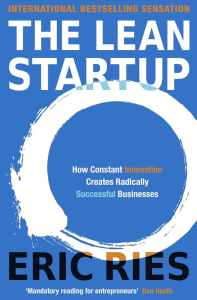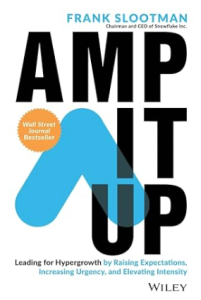AI developments are continuing to accelerate and we’re moving more to enabling autonomous complex problem solving. OpenAI’s upcoming AI Agent Operator looks to be a fantastic development in this on-going evolution, with AI agents now handling more complex tasks and processes, with little human intervention – and this has real potential to reshape how we work and deliver value to customers.
Here’s why this matters:
(1) From Task Automation to Intelligent Execution: This role bridges the gap between AI capability and business execution, allowing operators to guide AI agents to not just complete tasks but to now navigate complex and specific workflows. It’s a shift to more fully integrated, decision making systems.
(2) Human-AI Collaboration Redefined: Operators will act as intermediaries, steering AI agents to align with our human goals. It’s not about replacing people but enabling us to focus on the more strategic, creative or high impact areas while AI handles the repetitive or highly technical tasks.
(3) Unparalleled Productivity Gains: AI’s ability to autonomously manage complex, multi-step tasks will unlock efficiency at a scale that we simply haven’t seen before. Think of workflows that can update themselves, customer requests being handled instantly (whilst really being personal) and our administrative workloads lightened.
(4) Integration Without Overhaul: The AI Agent Operator is designed to work with existing systems, not to replace them. This means businesses can adopt it with minimal disruption while benefiting from its capabilities almost immediately.
(5) A New Kind of Expertise: This role introduces a hybrid skillset, part strategic thinker and part technical specialist. It’s an exciting new opportunity to shape how AI supports businesses across many different industries.
The potential here is incredible. For businesses, it’s a chance to rethink operations and invest in what drives real value for customers, and for professionals (us humans), it’s a new frontier of expertise in guiding and collaborating with AI.
This isn’t just about doing things faster – it’s about doing them smarter and better (which we all want). The organisations that embrace this shift early will lead the way.
What are your thoughts on this new wave of AI? How could this change your approach to work or innovation?



 Building a Winning Customer Success Strategy
Building a Winning Customer Success Strategy 



 Customised Value Pathways: It’s about creating tailored review schedules that resonate with each customer’s unique journey, not a one-size-fits-all approach.
Customised Value Pathways: It’s about creating tailored review schedules that resonate with each customer’s unique journey, not a one-size-fits-all approach. Deep-Dive into Customer Worlds: Stepping into our customers’ shoes, understanding their challenges and ambitions, and aligning our services to support their strategic objectives.
Deep-Dive into Customer Worlds: Stepping into our customers’ shoes, understanding their challenges and ambitions, and aligning our services to support their strategic objectives. Ongoing Value Assessment: Continuous interaction is key. We’re talking regular check-ins, not just quarterly reviews, to ensure we’re constantly adapting to and meeting evolving needs.
Ongoing Value Assessment: Continuous interaction is key. We’re talking regular check-ins, not just quarterly reviews, to ensure we’re constantly adapting to and meeting evolving needs. Accurate Trend Analysis: Keeping a close eye on business trends and progress is essential. It ensures that the value we deliver is not only current but also predictive and proactive.
Accurate Trend Analysis: Keeping a close eye on business trends and progress is essential. It ensures that the value we deliver is not only current but also predictive and proactive. . : In our haste to solve problems, are we losing sight of the customer’s voice? It’s time to refocus on what really matters – understanding and addressing customer needs, not just showcasing our expertise.
. : In our haste to solve problems, are we losing sight of the customer’s voice? It’s time to refocus on what really matters – understanding and addressing customer needs, not just showcasing our expertise.